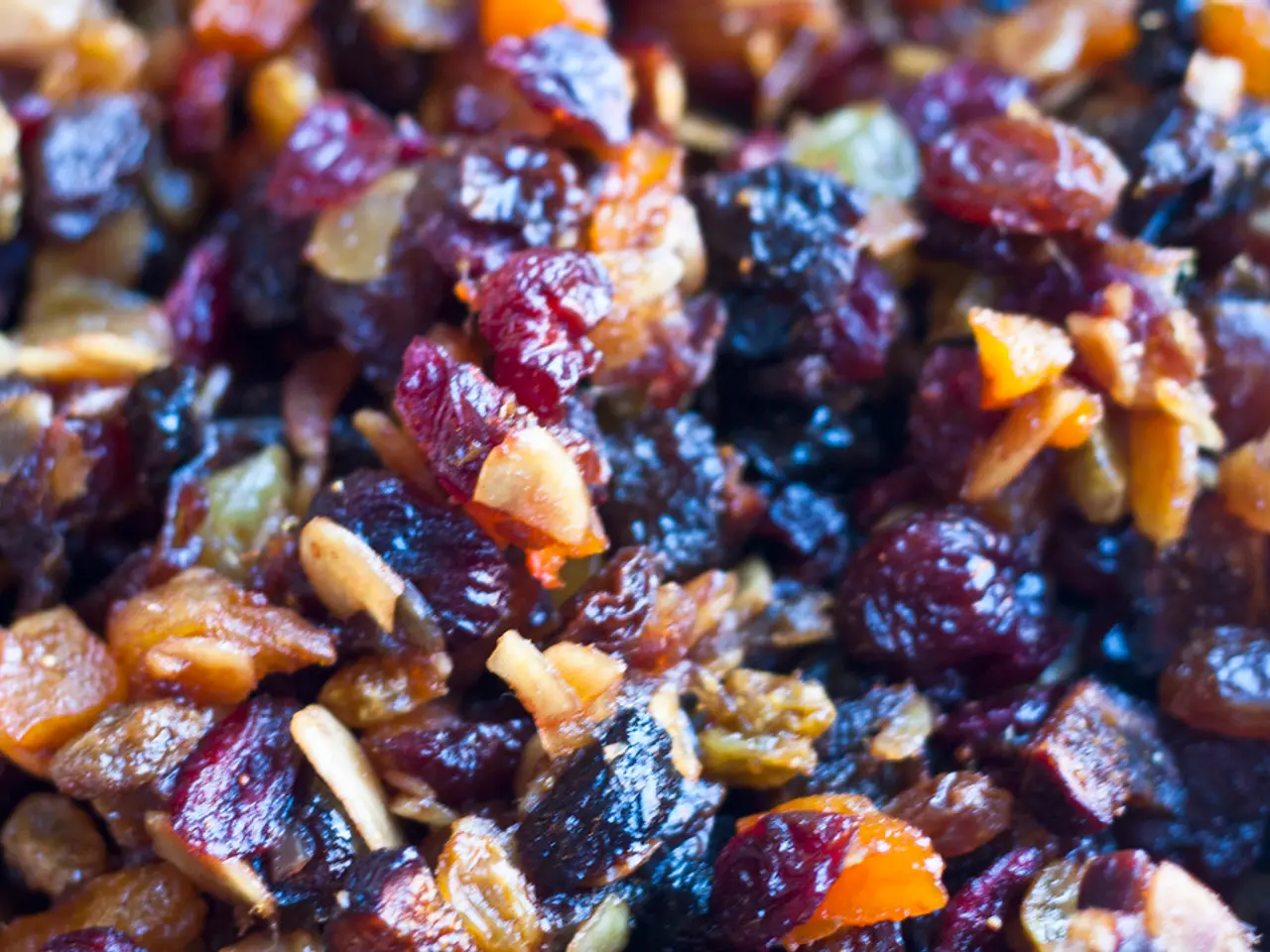Creating Lard: Essential Guide to Rendering Pork Fat
### Rediscovering the Art of Rendering Pastured Lard: A Stove-Top Guide
In recent years, lard has been making a comeback in kitchens across the globe, shedding its undeserved negative reputation from the past. This nutrient-rich fat, derived from hogs and their nutrient-dense fat, is once again being celebrated for its culinary and health benefits. In this article, we will guide you through the process of preparing homemade pastured lard using a stove-top method.
#### Ingredients and Equipment
To create your own pastured lard, you'll need a few simple ingredients and tools. The key ingredient is pastured pork fat, which can be obtained from pork fat trimmings or purchased from a local butcher. You may also choose to add salt or other flavorings to enhance the taste, although these are optional.
For the equipment, a large heavy-bottomed pot, such as a Dutch oven or a heavy stainless steel pot, is ideal. You'll also need a cheesecloth or a fine-mesh strainer for straining the lard.
#### Step-by-Step Instructions
1. Prepare the pork fat by cutting it into small 1/2-inch cubes. This increases the surface area, allowing the fat to melt more efficiently.
2. Place the cut pork fat into the large pot and heat it over medium-low heat. Stir occasionally to prevent burning.
3. Cook for about 5 minutes, stirring frequently. During this time, the fat will start to melt and release its impurities.
4. Reduce the heat to low and continue cooking for 10 to 15 minutes, stirring occasionally. The fat will continue to melt and release its impurities, turning into a clear liquid.
5. Remove the pot from the heat. Let it cool slightly, but not completely, as you want the lard to still be in a liquid state. Line a strainer with cheesecloth or use a fine-mesh strainer. Carefully pour the lard mixture into the strainer to separate the liquid lard from the solid impurities.
6. Allow the lard to cool completely. It will solidify as it cools. Transfer the solidified lard to an airtight container and store it in the refrigerator for up to 6 months or freeze for longer storage.
#### Tips for Better Lard Quality
- Use high-quality pork fat to achieve a better flavor and nutritional profile. - Avoid overheating to prevent the fat from burning or developing off-flavors. - Strain carefully to ensure all impurities are removed, resulting in a clear, neutral-tasting lard.
This homemade pastured lard is an excellent addition to various recipes, offering a versatile cooking fat for baking, frying, and seasoning meats. The reward of rendering lard is a beautiful, creamy white jar full of freshly rendered, pastured lard. With a quiet afternoon in the kitchen, clean fat, clean water, a good stock pot, and a bit of patience, you too can rediscover the art of rendering lard.
Incorporating the discussed cooking method into a healthy lifestyle, you can create your own food-and-drink item, homemade pastured lard, utilizing simple home-and-garden tools like a heavy-bottomed pot and cheesecloth. This cooking process not only adds a nutritious ingredient to your culinary repertoire but also supports healthy-cooking practices by using high-quality pork fat and careful straining techniques.




